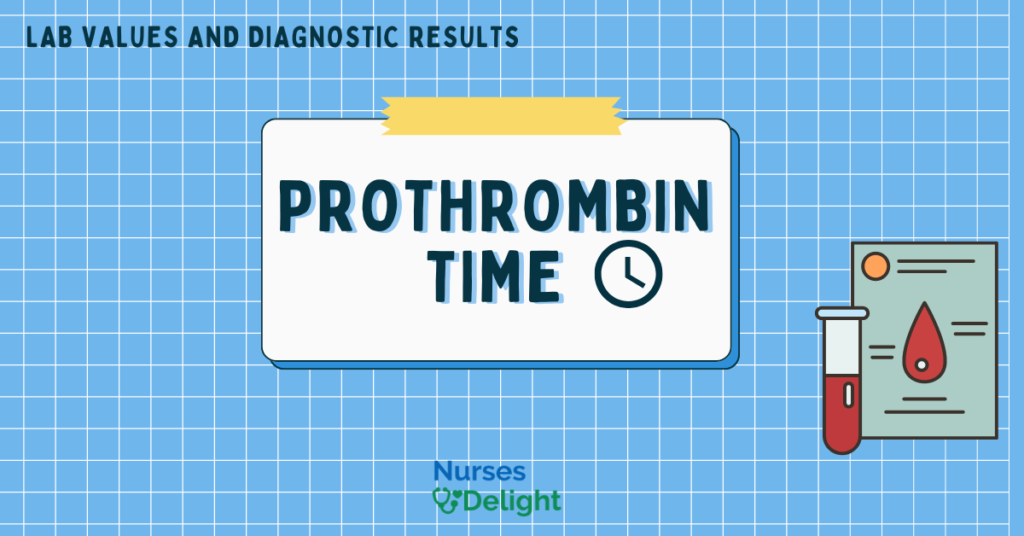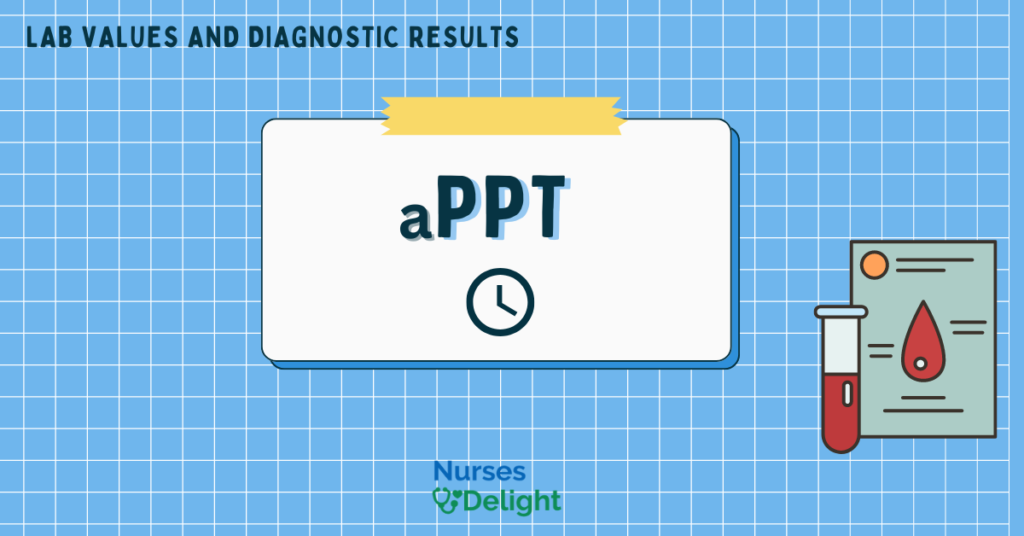Prothrombin is a protein produced in the liver and helps in blood clotting. Patients taking anticoagulants, commonly known as blood thinners or anti-clotting medications, require regular PT/INR checks.
The PT measures clot formation time in seconds. The INR is calculated using prothrombin time (PT) test results and measures the time it takes for blood to clot. The INR test determines how effectively blood clots.
The INR is a measure of warfarin’s efficacy based on PT results.
Normal Range
The international normalized ratio is a lab-derived, standardized number that may differ between institutes.
- Normal PT: 11 – 13 seconds. (If not taking any blood thinners)
- Critical value: >20 seconds for patients not on anticoagulants.
- Normal INR: <1.1
- Warfarin INR: 2-3
When the INR is < 2 in patients taking warfarin, they are at risk of clotting. If it is >3 they are at a risk of bleeding.
Indications
Screen for extrinsic clotting system dysfunction screening, monitor response to warfarin (Coumadin) therapy.
Interpretation
A prothrombin time (PT) test diagnoses excessive clotting and a bleeding disorder. The international normalized ratio (INR) is deduced from a PT result and is used to monitor the response of a blood-thinning medication.
Increased Levels
The time to clot can be increased by
- Disseminated intravascular coagulation
- Coumarin ingestion
- Hereditary factor
- Vitamin K deficiency
- Bile duct obstruction
- Hepatitis.
Decreased Levels
Blood clots rapidly due to supplements and food containing vitamin K.
Interfering Factors
- Drugs that may increase PT in patients receiving anticoagulation therapy include acetaminophen, amiodarone, anabolic steroids, anisindione, anistreplase, antibiotics, antipyrine, acetylsalicylic acid (high doses), carbenicillin, cathartics, chlorthalidone, cholestyramine, clofibrate, corticotropin, demeclocycline, dextrothyroxine, diazoxide, diflunisal, diuretics, doxycycline, erythromycin, glucagon, hydroxyzine, indomethacin, laxatives, mercaptopurine, miconazole, nalidixic acid, neomycin, niacin, oxyphenbutazone, phenytoin, quinine, sulfachlorpyridazine, and thyroxine.
- Drugs that may decrease PT in patients receiving anticoagulation therapy include amobarbital, anabolic steroids, antacids, antihistamines, barbiturates, carbamazepine, chloral hydrate, chlordane, colchicine, corticosteroids, diuretics, oral contraceptives, penicillin, primidone, rifampin, simethicone, spironolactone, tolbutamide, and vitamin K.
- Traumatic venipunctures can activate the coagulation sequence by contaminating the sample with tissue thromboplastin, and producing falsely shortened PT.
- Failure to fill the tube sufficiently to yield proper blood-to-anticoagulant ratio may cause a falsely lengthened PT; an incompletely filled tube is reason for specimen rejection.
- Excessive agitation causing sample hemolysis can falsely shorten the PT because the hemolyzed cells activate plasma-clotting factors.
Nursing Implications
Pretest
- Obtain the patient’s medical history, including a list of all known allergens.
- Obtain the patient’s medical history regarding their immune system, hematopoietic system, history of bleeding problems, and the outcomes of any previous tests or procedures—in particular, the bleeding time, complete blood count, clotting time, partial thromboplastin time, prothrombin time, and platelets.
- Obtain a list of all the drugs the patient is taking, including acetylsalicylic acid, herbal remedies, nutraceuticals, anticoagulant therapy, and other drugs that are known to interfere with coagulation. It is advised to stop using it 14 days before to any dental or surgical operations.
- If the patient frequently utilizes the requested laboratory and/or health care provider, they should be informed.
- Make a note of any recent practices that might affect the outcome of the test.
- Unless directed by a doctor, there are no limitations on food, drink, or medication.
- Talk over the process with the patient.
- Tell the patient that it will take five to ten minutes to collect the specimen.
Intra-test
- Ask the patient to avoid moving needlessly and to breathe normally.
- Take the usual safety precautions and adhere to the blood collection guidelines.
- After venipuncture, gather the specimen in a 5-milliliter lavender-topped tube.
- Ten gentle inversions of the tube are required to thoroughly mix the specimen. If the specimen is kept at room temperature, it should be examined within six hours, and if it is kept chilled, it should be examined within twenty-four hours.
- Additionally, two blood smears should be produced right away following the venipuncture and submitted with the blood sample if it is expected that the specimen will not be evaluated within four to six hours.
- Once the specimen has been labeled, quickly submit it to the lab.
Post-test
- Check the venipuncture site for signs of hemorrhage or hematoma development. Put a pressure bandage on it.
- Tell the patient to report any bleeding from their mucous membranes or skin.
- Remind the patient who has a lowered platelet count of the significance of taking preventative measures against bleeding and bruising. These include using an electric razor, a soft toothbrush, avoiding constipation, avoiding acetylsalicylic acid and related products, and avoiding intramuscular injections.
- If the patient is taking an anticoagulant, remind them of the significance of routine laboratory testing.
- Analyze test findings in light of the patient’s symptoms and the outcomes of other tests. Bleeding time, clot retraction, total blood count, red blood cell morphology and inclusions, platelet antibodies, and white blood cell count are related laboratory examinations.
References
- Fischbach F., Dunning M. [2015] A manual of laboratory and diagnostic test. 9th Ed. Wolters Kluwer Health. Lippincott Williams & Wilkins.
- Schnell B et al. [2003] Davis’s Comprehensive Laboratory and Diagnostic Test Handbook—with Nursing Implications. F. A. Davis Company Philadelphia.
- Castellone, D. [1999] Coagulation the good, the bad and the unacceptable. Advance for Medical Laboratory Professionals.
- Cavanaugh, B. [ 1999] Nurses’ Manual of Laboratory and Diagnostic Tests, ed 3. FA Davis, Philadelphia.



